Physics

Educators and Parents, Sign Up for The Cheat Sheet
Weekly updates to help you use Science News Explores in the learning environment
Thank you for signing up!
There was a problem signing you up.
-
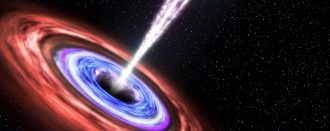 Physics
PhysicsEscape from a lab-built black hole
In the 1970s, physicist Stephen Hawking suggested that some particles could escape a black hole. An experiment now shows how, using a lab-made black hole ‘made’ from sound.
-
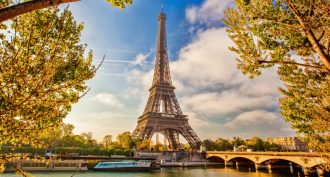 Physics
PhysicsHow science saved the Eiffel Tower
The Eiffel Tower was an engineering masterpiece. But Parisians initially thought it too ugly to let stand for more than 20 years. So Eiffel made the tower a bastion of science. And that would soon ensure that the structure was too valuable to tear down.
By Ron Cowen -
 Chemistry
ChemistrySunlight might have put oxygen in Earth’s early air
High-energy bursts of ultraviolet light can break apart carbon dioxide, yielding oxygen gas. The experiment may mimic what happened on Earth billions of years ago.
-
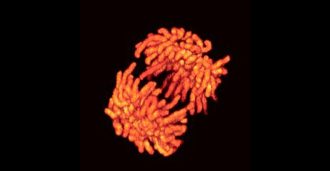 Physics
PhysicsNobel goes for creating the ‘nanoscope’
A regular microscope can’t bring into focus the nanoscale molecules from which cells are built. Using lasers and fluorescent molecules, three scientists found a way to view these tiny features. Their reward: the 2014 Nobel Prize in chemistry.
-
 Physics
PhysicsNobel goes for making white LEDs possible
The 2014 Nobel Prize in Physics has been awarded to scientists who discovered how to make blue light-emitting diodes. People really wanted white LEDs. The missing ingredient in making them was a building block: the blue LED.
By Janet Raloff -
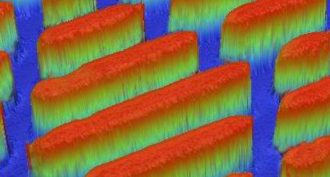 Tech
TechRepelling germs with ‘sharkskin’
A biotechnology company has found a way to repel superbugs without toxic chemicals. It mimics the texture of a shark’s skin.
-
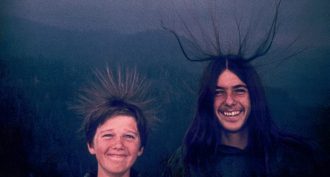 Climate
ClimateWhere will lightning strike?
When lightning strikes, the results can be deadly. But nature’s dazzling light show also can provide scientists with insights into when and where the next thunderbolt might strike.
-
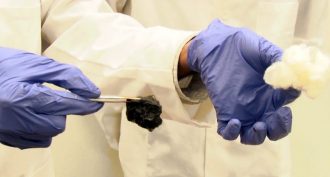 Tech
TechSoaking up oil spills — with cotton
Natural, low-grade cotton could help clean up oil spills better than synthetic materials, a new study finds. And unlike synthetics, cotton breaks down naturally.
-
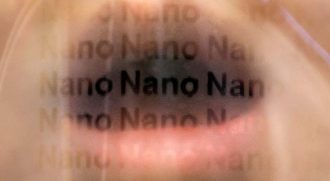 Tech
TechInvisible plastic ‘ink’ foils counterfeiters
Hidden images make a new label virtually counterfeit-proof, thanks to a combination of chemistry and nanotechnology.
-
 Physics
PhysicsBracing sand sculptures with gravity
Natural sculptures of sandstone withstand strong winds and rains. The reason, a new study concludes: Gravity holds the sand grains together.
-
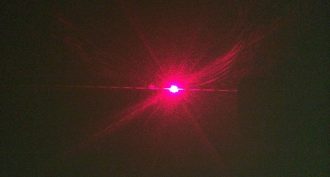 Physics
PhysicsMeasure the width of your hair with a laser pointer
You can measure the width of a human hair with the help of a laser pointer, some math and a phenomenon called diffraction.
-
 Physics
PhysicsComic book heroine teaches science
Most people don’t think of superheroes as science teachers. But a comic book from the American Physical Society wants to change that. Meet Spectra, the human laser.